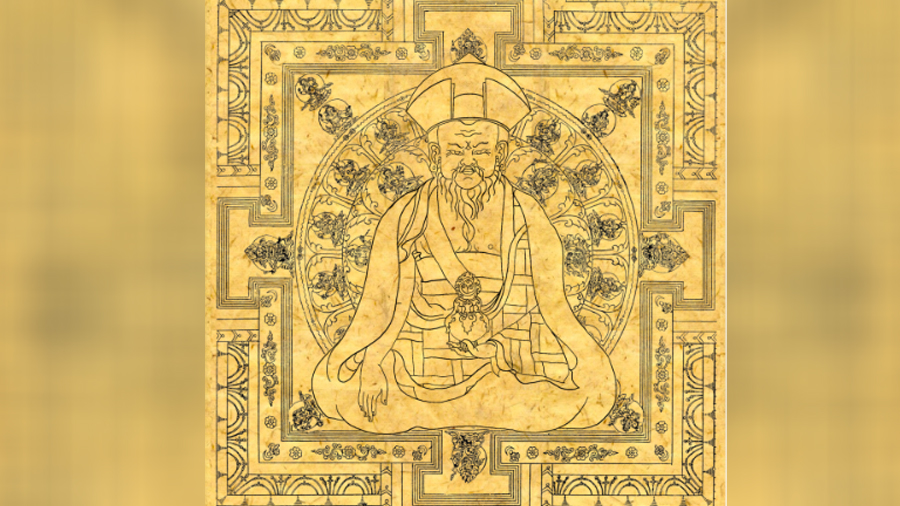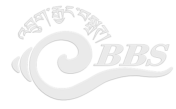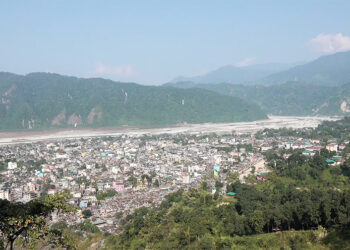 Bhutan is to launch its first-ever Non-Fungible Token (NFT) project next month. This is to preserve the country’s heritage with changing times. Unveiling a digital thangka or painting of Zhabdrung Ngawang Namgyal earlier this month as the first release, the project will unveil several other NFT artefacts in the future. An NFT is a special kind of digital certificate that proves you own something unique on the internet.
Bhutan is to launch its first-ever Non-Fungible Token (NFT) project next month. This is to preserve the country’s heritage with changing times. Unveiling a digital thangka or painting of Zhabdrung Ngawang Namgyal earlier this month as the first release, the project will unveil several other NFT artefacts in the future. An NFT is a special kind of digital certificate that proves you own something unique on the internet.
Without preservation, traditional art, music, and sacred objects are at risk of being lost to changing times.
Yeshi Pelden, a painting instructor of National Institute for Zorig Chusum said “I see the risk in not adapting ourselves with changing times. For example, if we stick to the olden ways of ploughing a field, neighbours who use modern technology to do that will be way ahead. Like this, if we stick to our traditions as other countries evolve, we won’t be able to catch up.”
One innovative response to this risk is digitising cultural heritage with Non-Fungible Tokens.
With its inaugural drop or release of an 18th century thangka of Zhabdrung Ngawang Namgyal developed last year in an NFT hackathon, the Bhutan NFT Project represents a convergence of tradition and technology.
Passang Dorji, an assistant curator of the Museum Division under Department of Culture and Dzongkha Development said “The main aim of starting the Bhutan NFT Project is to preserve our country’s culture and heritage. Additionally, it is to popularise our country’s age-old oral traditions worldwide.”
Tshering Uden Penjor, the chief curator of Museum Division said “Beyond preservation, NFTs have the potential to establish Bhutan as a pioneer in harmonising tradition with innovative technologies. We will be setting a benchmark for culture preservation in this digital age.”
The Department of Culture and Dzongkha Development’s Museum Division is jointly working on the project with the GovTech Agency and DHI’s Innovation and Technology Department.
Through the initiative, museums, artists, and historians can tokenise artefacts and documents by storing them in system like Inter-Planetary File System, ensuring they remain preserved and accessible for the future.
Pema Choden, an associate analyst from the InnoTech Department, DHI said “Digital files like images and music are not stored directly on the blockchain because of its size and cost limitation. Instead, once minted, they are uploaded to a decentralised file system like IPFS. The blockchain then stores a unique reference such as a hash or URL which points directly to the actual content, keeping it secure and verifiable without overloading the system.”
Garab Dorji, Chief ICT Officer of Emerging Technologies Division under Department of Digital Transformation, GovTech Agency said “We have the Intelligent Bhutan which is the strategy. In it, there are three pillars. We have the digital society, digital governance and digital economy. Under the digital society, one of the initiative is to promote culture and heritage knowledge using digital platform. So we are hoping, by pioneering this project using NFT technology, it will help in promotion and preservation of culture and heritage for Bhutanese inside and abroad including the foreigners.”
The tokenised NFTs will be put on sale which will be open for all to purchase. While the currency will be Ethereum, DHI will facilitate the exchange into either local currency or US dollars.
Tenzin Khorlo, an associate analyst from the InnoTech Department, DHI said “For the NFT, we are using the ETH blockchain technology. The reason for using it is because this blockchain is secure and a popular technology. It also has its benefits in minting NFTs. ”
As the project progresses, it will be digitising collected artifacts from the National Museum of Bhutan in Paro and The Royal Heritage Museum in Trongsa.
The project will be formally launched next week.
Kelzang Chhophyel
Edited by Kipchu







